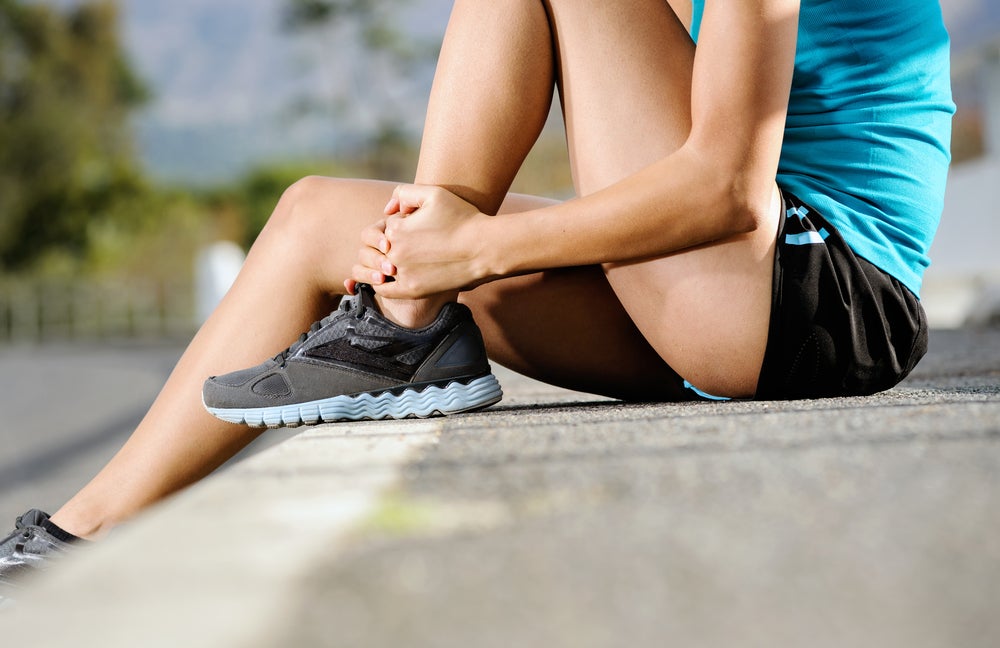Avoid Injury This Spring

Photo: <a href=http://shutterstock.com>Shutterstock.com</a>
Spring in my office means it’s time to “Batten down the hatches!” The two busiest times of year for triathlon injuries are spring and fall. That’s because when athletes ramp up their training, especially when they’re not smart about it, they get hurt.
There are essentially two main types of injury. The acute traumatic injury, such as the twist of a knee while skiing or a fall on the shoulder while biking, is a one-time injury. Being in the wrong place at the wrong time, often with the wrong body position, results in this injury pattern. This leads to broken bones, torn tendons or ligaments.
Far more common in runners and triathletes is overuse injury. This simply means that the demand placed on the muscle, tendon or bone is greater than it can absorb. When you load a bone repeatedly, for example, it can turn into a stress fracture. This is especially true if you don’t pay attention to your body’s cues. These injuries happen when athletes blindly push ahead and ignore pain.
Your muscles, tendons and bones aren’t as strong in March as they will be in August. By pushing too hard too early, injuries will pile up quickly. Your brain remembers where you left off in October but your body doesn’t.
The good news is that these kinds of injuries are avoidable.
RELATED: Med Tent With Dr. Jordan Metzl
Follow these rules to stay injury-free this spring.
Don’t go hog-wild on the first warm day! I’d say nothing more than a couple of hours per workout to start, especially longer rides. It takes time to build, so make sure that you build up your workout time and intensity over a period of four to six weeks.
Make sure you’ve done your strength training. Preseason and in-season strength training makes the body tougher, stronger and better able to remain injury-free. It makes all of the body’s tissues stronger, including tendons, bones and muscles.
Pay attention to your pain symptoms. When the achy knee, shin or shoulder reveals itself, get it checked out early. This is especially important in the spring: An injury that is left unchecked can turn into something more serious and potentially ruin your season.
Jordan D. Metzl, M.D., is a nationally recognized sports medicine specialist at Hospital for Special Surgery in New York City who has run 29 marathons and finished nine Ironmans. His new book, The Athlete’s Book of Home Remedies, is out this month. Drjordanmetzl.com